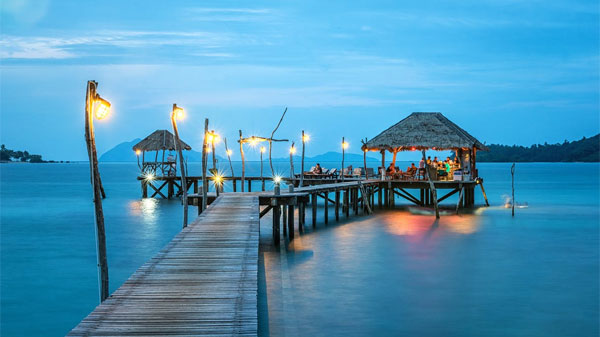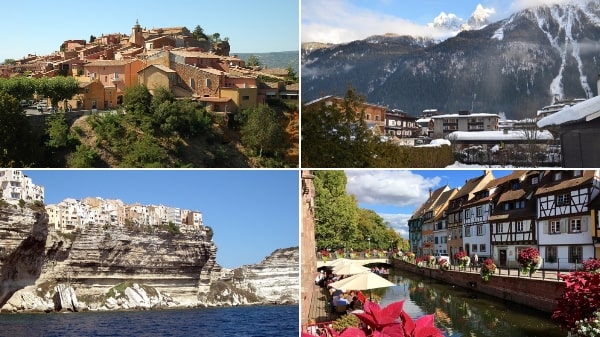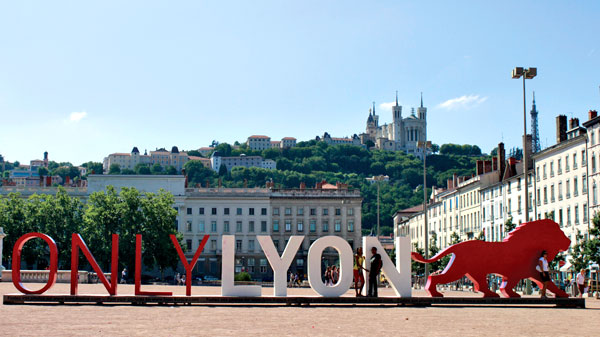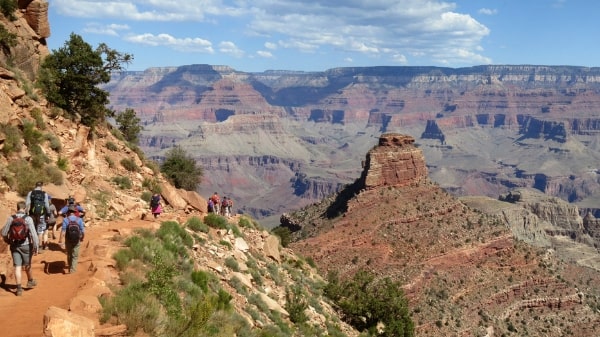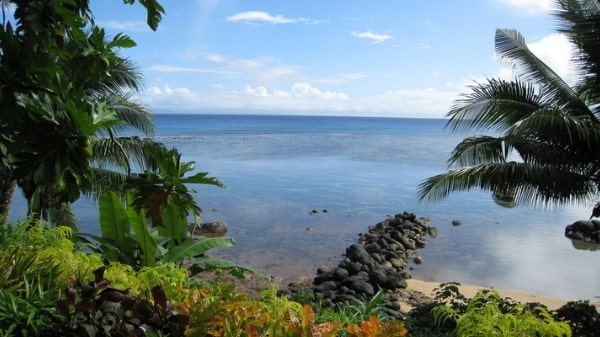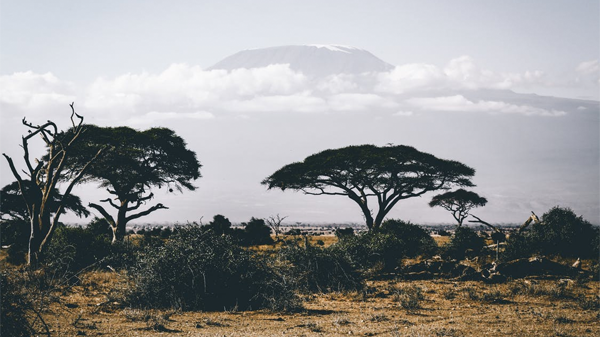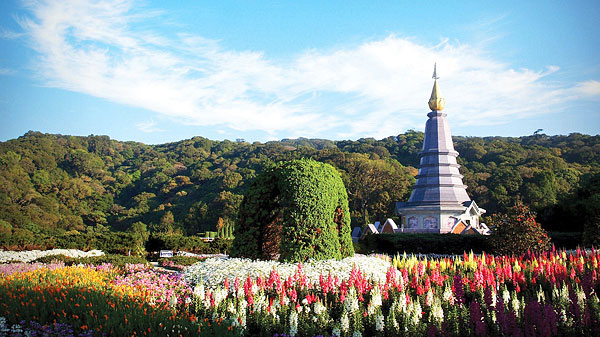With Easter holidays on the horizon, it’s a fitting time for beach-goers to start searching for the ultimate place in the sun. Thankfully, due to an increasing number of flights being offered from Hong Kong to the Atlantic, luxury Caribbean getaways are now just a click away.
Como Hotels Parrot Cay – Turks and Caicos

The low-lying coral island of Turks and Caicos is located some 370km north of the Dominican Republic and Haiti, with a population just reaching 31,000. So, where better to get away from it all, than in one of the island’s exclusive luxury villa such as Como Parrot Clay? Located on its own private island, the resort comes complimentary with a 1,000-mile long beach and is host to an array of activities such as yoga, diving and of course, spa treatments. With a trip to Turks and Caicos, you’ll undoubtedly find yourself immersed in the beauty of hidden caves, pristine beaches and the grand reefs of the Caribbean.
Hermitage Bay – Antigua

Situated in the West Indies, the island of Antigua – all of its 281 sq.km of area – is a self-contained tiny paradise in itself. However, what it lacks in size it surely makes up for in beauty, something that the rest of the world has only discovered of late, leading the country’s tourism to triple in the past two decades. Hermitage Bay a privately owned luxury resort situated on the island’s west coast and hosts over 30 individual suites, all set within the bay’s tropical gardens overlooking the beach and the hillside. Guests can enjoy private cooking classes, top-notch golf courses and helicopter tours. Be sure to have your camera ready!
Four Seasons Ocean Club – Bahamas

Located a tad farther north is The Bahamas, which is just a few hours by ferry from Florida. One of the richest countries in the Americas, the economy of these gorgeous island nation is driven by tourism. It’s no wonder that luxury hospitality hotel chain The Four Seasons chose The Bahamas to be home to its Ocean Club. In its distinguished career of sixty years, the truly glamorous resort has been host to many celebrities and renowned visitors from all parts of the world. Indeed, one of the finest places in the world to enjoy a game of tennis or down a night-cap or two before bed, the magic of The Bahamas is said to be unforgettable.
Rosewood – Bermuda

Those brave enough to not let the legendary Bermuda Triangle get in the way of their vacationing spirits may opt to go to the British island territory situated in the North Atlantic. Having held one of the highest GDP per capita for most of the 20th century, this sub-tropical isle clearly has enough wealth and beauty to go around. At least some of this beauty can be attributed to the plush Rosewood Bermuda which lies next to the pristine pink-sand beaches to the island’s north-east. This deluxe hideaway is a prime place for sailing and indulging in all things beachy and sunny.
Jade Mountain – St Lucia

The Eastern-Caribbean island nation of St. Lucia is best known for its dramatic mountains, the Pitons, which lie on its west coast. Indeed, the west side of the island is a sure place for those seeking thrills in the Caribbean as it harbours the island’s volcanic side. Also to be found on the western side of the isle is Jade Mountain – a 600-acre private beachfront resort, stationing guests right in the middle of St. Lucia’s remarkable beauty. A worthy place to spend your nights gazing into the night’s sky as you recover from a day spent kayaking with the pros.
Text: Bailey Atkinson



